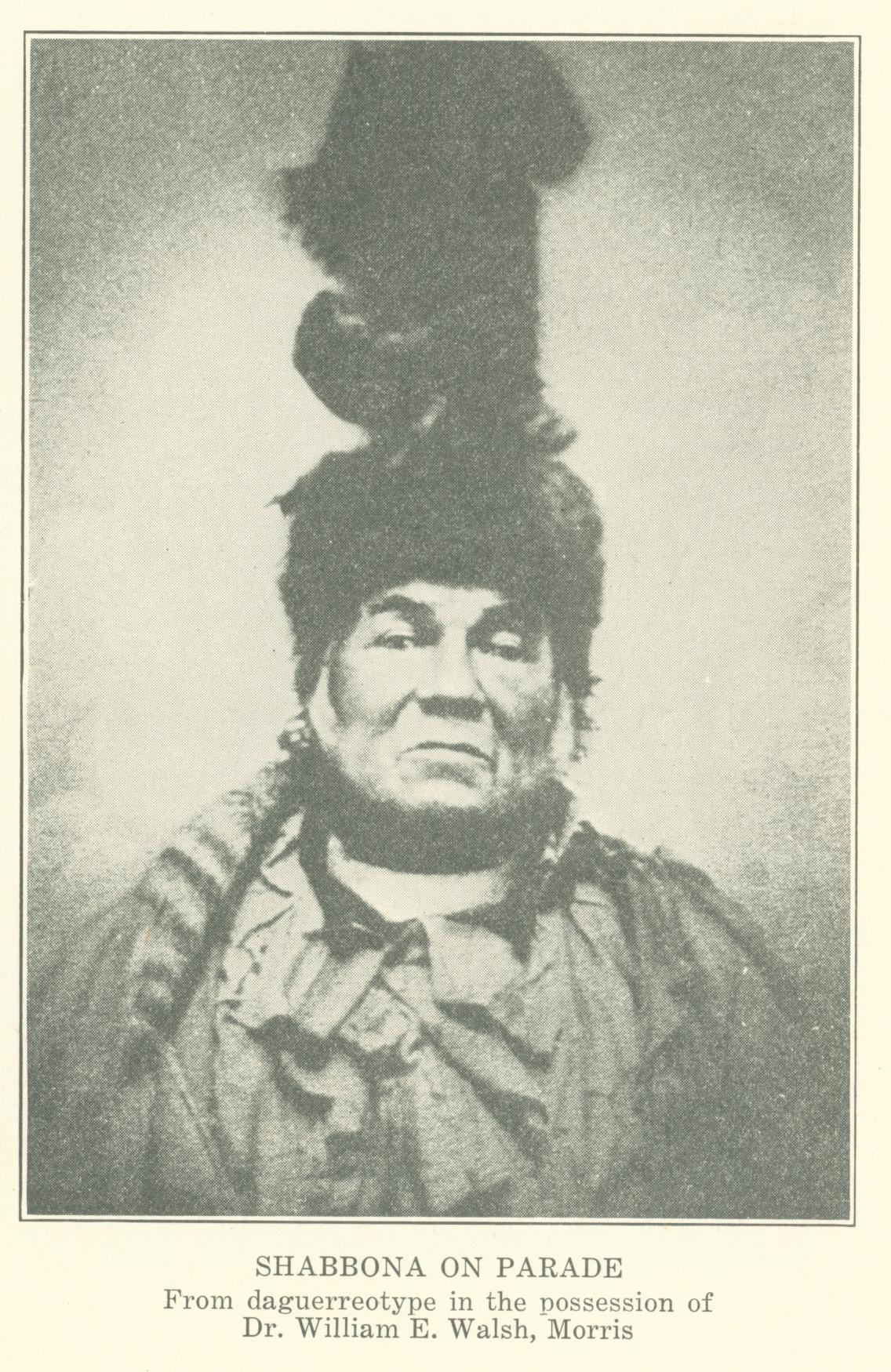This week we return to Pekin’s pioneer historian William H. Bates, from whom we received most of our knowledge of Pekin’s early history. It was in the 1870-71 Sellers & Bates Pekin City Directory that Bates first historical sketch of Pekin was published, but Bates also told the stories of Pekin’s past in other places and venues, such as in booklets, pamphlets, and newspaper columns.
One of the ways that Bates told Pekin’s history was in a lengthy essay entitled “Early Times in Pekin and Tazewell County” that he wrote for a magazine called Shades’ Monthly in May 1913. That issue of the magazine was included in the 1914 Tazewell County Courthouse Cornerstone time capsule. Bates’ essay was reprinted in recent issues of the Tazewell County Genealogical & Historical Society Monthly (May 2017, pp.1911-1919, and June 2017, pp.1942-1946).
Bates’ essay bears a close resemblance to the historical sketch that he printed and reprinted over the years in his Pekin city directories. It’s also similar to a historical sketch that Bates wrote for his “Historical Souvenir to Commemorate the Dedication of the New Tazewell County Court House.” But in the Shades’ Monthly essay he varied his expression somewhat, and also included some details and anecdotes not found in the city directory account of Pekin’s past.
Following are some excerpts from Bates’ “Early Times” essay, telling of the original Native Americans inhabitants and the settlement of the site of Pekin by the first pioneers. Bates said one of his chief sources for the recollections of the site’s Native American inhabitants was a pioneer named Daniel C. Orr “who played around Shabbona’s wigwam.”

“Yes, Pekin is located on historic ground. For unnumbered years prior to the coming of the white man, the red man held full sway; roaming from one favorable location to another, as fancy, convenience or war dominated him.
“Indian villages occupied high ground above the possibility of overflow by the floods, but were always near the streams, which gave the aborigine fishing and hunting privileges.
“The high ground, from the upper end of Pekin Lake to the southern limits of Pekin, was the home of a tribe of Pottawatomie Indians, under the leadership of Shabbona, an able chieftain, who gained the friendship and gratitude of the white pioneers by warnings and tribal protection, for which he was appropriately named ‘The White Man’s Friend.’ In the Indian war of 1832, because he refused to join Black Hawk, in an attempt to exterminate the ‘pale face,’ he had to seek refuge near his white friends in order to save his life.
“Shabbona, and his immediate followers, while in this vicinity, occupied the high ground near our present Gas Works, on what is today Main street, southward to a point near the present C. P. & St. L. [Railway’s] round house. . . .
“Jonathan Tharp was the first permanent white settler in ‘Town Site,’ the date being 1824. He located his crude log cabin near the family wigwams of Shabbona, just west of the present Franklin School.
“Jesse Eggman, a boon companion of Tharp, also located in ‘Town Site,’ the name the hunters and trappers had given the high bluff . . .
“‘Town Site,’ as seen by the pioneer settlers, was on the first ridge; then came ‘Bitzel’s Lake;’ then another sand ridge between Third and Fourth streets; then a succession of low places and ponds between Fourth and Fifth streets. One of these ponds, about where Albertsen & Koch’s store now stands, was a great resort for ducks. Mr. B. S. Hyers, the oldest Pekin merchant, now living, told the writer that he ‘shot many a mess of ducks at this pond.’
“Then came ridges and ponds for over a mile to the east until you had in view a beautiful body of water afterward named ‘Bailey Lake,’ at the foot of East Bluff . . . .
“Joseph, son of Jonathan Tharp, was the first male white child born in ‘Town Site,’ his natal day being March 10th, 1827. . . .
“In the fall of 1828, the first steam boat that ascended the Illinois river, created wild consternation. The Indians fled to the hills or dense timber. Near Kingston, where Jesse Eggman had established a ferry, one Hugh Barr, who had never seen a steam boat, hearing the hideous noise made by the escaping steam, and seeing the open fires under the boilers, which looked like two great eyes, at the weird hour of midnight, turned out with dog and gun and chased the ‘monster’ until it passed up the river. The small band of settlers who lived along our river front, were awakened from their peaceful slumbers by the grewsome (sic) noise. They gathered in groups and waited the approach of ‘the monster of the deep.’ Good, old Father [Jacob] Tharp gathered his family together for prayers, doubtless thinking that Gabriel was blowing the final call; and good Aunt Ruth Stark prayed the ‘All Wise One’ to have Gabriel call at Fort Clark (now Peoria) first, as they were ‘wickeder up there.’ . . . .”








